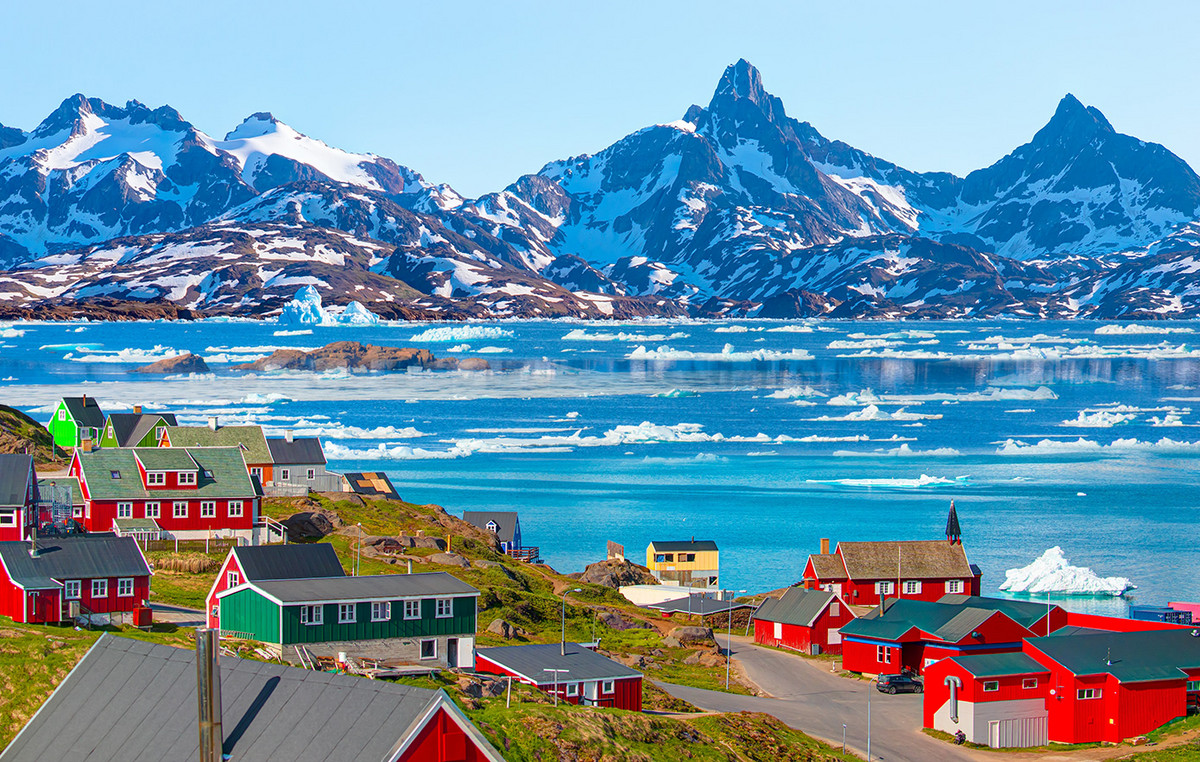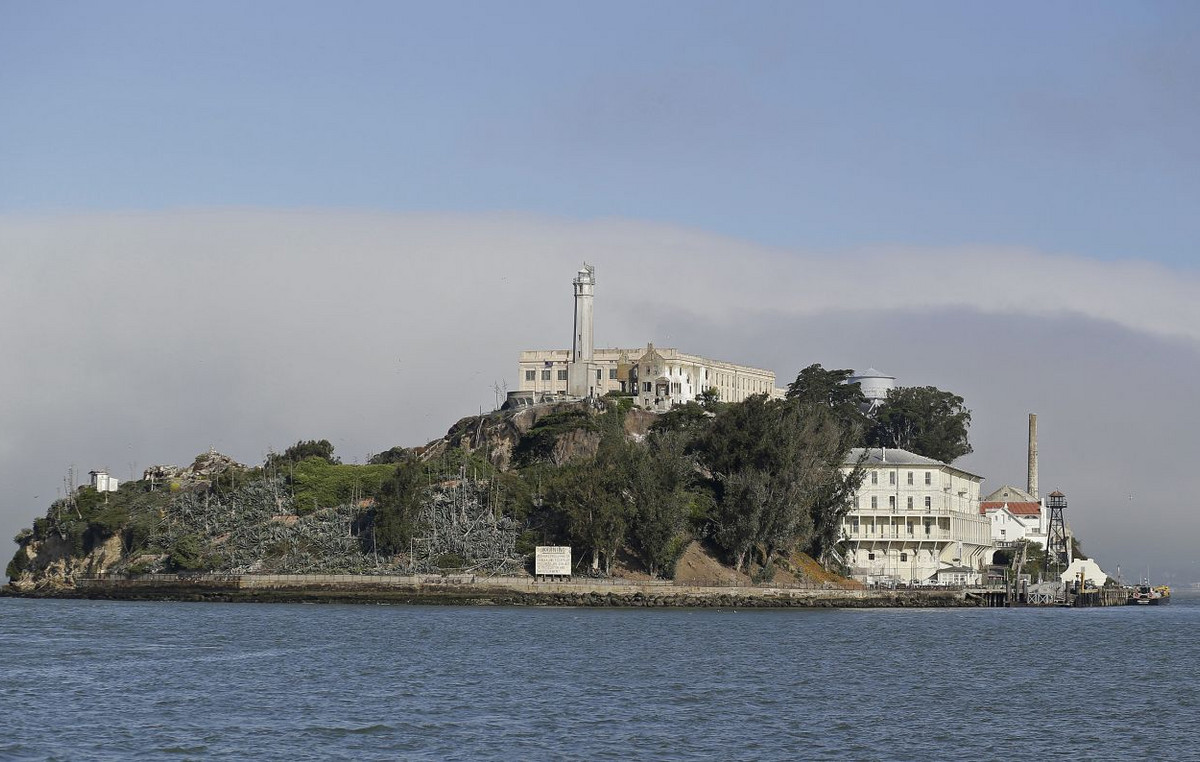Images of the destroyed Antonov AN-225 are now an indelible memory for aviation enthusiasts around the world.
Built in the 1980s to transport the Soviet space shuttle, the plane gained a second life after the Cold War as the world’s largest cargo carrier, setting records of all kinds, before being destroyed in late February at its base, Hostomel airfield near Kiev.
“The dream will never die” tweeted the Antonov company, in reference to the plane’s nickname “Mriya”, which means dream in Ukrainian. Solidarity came from all corners of the world.
But can the AN-225 fly again?
Answering this question requires, first of all, an assessment of the damage sustained by the aircraft.
Vasco Cotovio, from CNNsaw the wreckage up close when he visited the Hostomel airfield in early April, along with other journalists from the CNN and the Ukrainian National Police.
“Hostomel has been the scene of intense fighting between Russian and Ukrainian forces since the beginning of the war,” he says.
“Moscow forces attempted to seize the airfield to use it as a forward operating position where they could fly additional ground units. To do this, they mounted an airstrike with attack helicopters.
“They seemed to have had some initial success, but the Ukrainian response was very quick, hitting the airfield fast and hard — to avoid any kind of landing,” he says.
The condition of the plane left no doubt as to the possibility of repair.
“The nose of the plane was completely destroyed, apparently the victim of a direct artillery attack”, says Cotovio. “Also, there was extensive damage to the wings and some engines. The tail section was spared from major impacts and has some holes caused by shrapnel or bullets.
“If not for the direct nose hit, the AN-225 might have been serviceable,” he says, adding that the area around the plane was littered with spent ammunition, destroyed Russian tanks and trucks, and destroyed armored vehicles.
a second arrival
Andrii Sovenko, a Kiev-based engineer and aviation specialist who has worked for the Antonov Company since 1987 and flew the AN-225 as part of its technical team, compiled a detailed list of the damage, analyzing many videos and photos of the wreckage (the Antonov still cannot return to Hostomel due to security concerns).
He confirms that the center section of the fuselage and nose of the plane — including the cockpit and crew rest compartments — are destroyed, but it is the plane’s onboard systems and equipment that received the most critical damage.
“Restoring them will be the hardest,” he says. “This is due to the fact that most of the various electrical systems, pumps and filters used on the AN-225 are all from the 1980s.
“They’re just not being made anymore, so it’s unlikely they can be restored exactly as they were,” he says.
It’s not all bad news: parts of the wings, including aerodynamic surfaces like flaps and ailerons, appear to have suffered minor damage and can be salvaged.
Most of the six engines also appear intact, and the entire tail of the plane is only affected by shrapnel, leaving it in acceptable condition.
Sovenko, who has written a book on the history of Antonov Airlines detailing his experience of flying the Mriya, agrees that the plane in Hostomel cannot be fixed.
“It is impossible to talk about repairing or restoring this aircraft — we can only talk about building another Mriya, using individual components that can be salvaged from the wreckage and combining them with those that were, in the 1980s, intended for the construction of a second aircraft.”
He refers to the second AN-225 fuselage that Antonov has preserved to this day in a large workshop in Kiev. It was part of an original plan to build two AN-225s, which never worked out.
“This is a completely finished fuselage, with a new center section already installed in it, as well as the wing and tail cargo structure. In other words, an almost complete fuselage was practically not damaged during the Russian artillery bombardment of the plant”, says Sovenko.
There is one main problem with the idea of building the unused fuselage with salvageable Hostomel parts: it still won’t reach 100% of the required components.
a new project
“It will be impossible to build exactly the same aircraft, with exactly the same design and equipment,” says Sovenko.
If that’s the case, Antonov will face two obstacles: making new and old components work together, and potentially having to undergo an aircraft recertification, to confirm its airworthiness (ability to fly safely) and compliance with current regulations.
The company has experience with the first edition, having upgraded many of the AN-225’s systems over the years and replacing old Soviet technology with modern Ukrainian equivalents, but full certification would take time and increase costs.
Unfortunately, this seems almost inevitable: “It’s useless to build an aircraft today with a 40-year-old design,” adds Sovenko. “It is also quite possible that it will be considered appropriate to make additional changes to the design of the aircraft, based on the operational experience of the original.”
The AN-225 was never designed to carry commercial cargo and was adapted for the job through extensive work done by Antonov in the late 1990s.
However, despite its colossal capability, the plane remained inconvenient to operate from the crew’s point of view. It needs to be lowered onto its nose — a maneuver known as “elephant kneeling” — to carry the load, which is rolled on board using custom tracks and pulleys.
Because of its unique design, only the nose of the plane opens, and it has no ramp at the rear like its more practical smaller brother, the AN-124. The cargo floor could also receive some reinforcement and the aircraft’s degree of compliance with existing airport infrastructure could be increased, adding to the list of desirable improvements in a hypothetical modern version of the aircraft.
Building a second Myria won’t be cheap, but it’s hard to establish exactly how much it would cost. Ukrinform, the Ukrainian national news agency, raised eyebrows when it declared that the cost of the operation would be $3 billion. In 2018, Antonov estimated that completion of the second structure would cost up to $350 million, although that figure may need to be revised now.
“Nothing is known for sure at the moment,” says Sovenko. “The cost will depend on how damaged the surviving parts of the aircraft are, as well as how many modifications and new equipment will be required. A large part of the costs will depend on the amount of certification testing deemed necessary. But in any case, we can assume that the final figure will be in the hundreds of millions of dollars, not billions.”
Richard Aboulafia, aviation analyst at Aerodynamic Advisory, agrees: “It depends on whether the plane would just be a prototype, or if they would like it to go into commercial service, with full certification. Certainly US$ 500 million (R$ 2.3 billion) is more reasonable, even with certification, of US$ 3 billion.”
The real question, says Aboulafia, is who would pay for it? “There really isn’t much commercial application for this plane, and without that, where would the money come from?”
It’s easy to think that most of the costs would be borne by Antonov, but the company suffered heavy losses from the destruction of several other aircraft and facilities; although it is still operating at a reduced level, its future is uncertain.
“I am optimistic. I sincerely and deeply wish that Antonov aircraft will continue to fly in the skies of the future”, says Sovenko, “but I am also a realist. And I fully understand that the costs required to build the second Mriya will have to be correlated with Antonov’s post-war financial capabilities as well as the expected revenue from operating this aircraft.”
Source: CNN Brasil
I’m James Harper, a highly experienced and accomplished news writer for World Stock Market. I have been writing in the Politics section of the website for over five years, providing readers with up-to-date and insightful information about current events in politics. My work is widely read and respected by many industry professionals as well as laymen.







